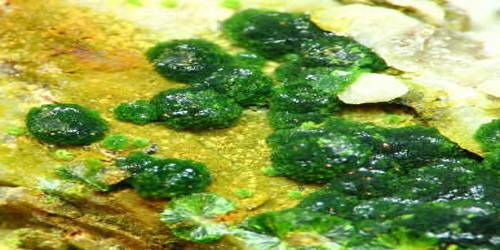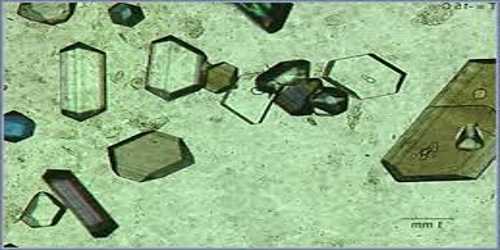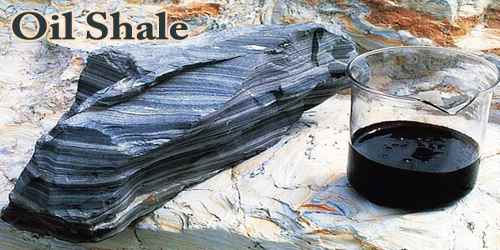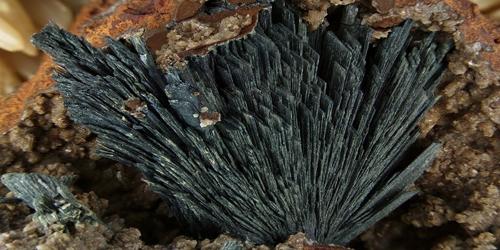Arthurite is a mineral composed of divalent copper and iron ions in combination with trivalent arsenate, phosphate and sulfate ions with hydrogen and oxygen. It is a rare copper iron arsenate. Localities include in England, Germany, Portugal, Spain, Chile, the United States, and Australia among a few others.
Initially discovered by Sir Arthur Russell in 1954 at Hingston Down Consols mine in Calstock, Cornwall, England, arthurite is formed as a resultant mineral in the oxidation region of some copper deposits by the variation of enargite or arsenopyrite. The chemical formula of Arthurite is CuFe23+(AsO4, PO4, SO4)2 (O, OH)2•4H2O.
It was named after Sir Arthur Edward Ian Montagu Russell and Arthur William Gerald Kingsbury for their contributions to British mineralogy.
General Information
- Category: Arsenate minerals
- Formula: CuFe23+ (AsO4, PO4, SO4)2 (O, OH)24H2O
- Crystal system: Monoclinic
- Crystal class: Prismatic (2/m).
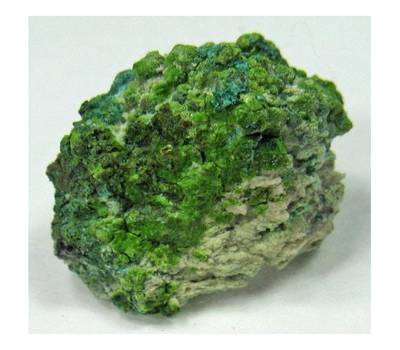
Properties
Arthurite can be observed in emerald green or green. It has a transparent appearance, vitreous luster, and light green streak. Its fractures are brittle and it can be formed as spherical, rounded aggregates or needle-like or prismatic crystals. The mineral has a density of 3.02 g/cm3, and the hardness ranging from 3 to 4.
- Color: Apple-green to bluish-green
- Crystal habit: Acicular, Prismatic, Spherical
- Mohs scale hardness: 3-4
- Luster: vitreous
- Streak: not reported
- Density: D(measured) = ~3.2
- Optical properties: Biaxial (+), maybe biaxial (–)
Occurrence
Arthurite occurs as a rare secondary mineral in the oxidized zone of some copper deposits that are formed by alteration of arsenopyrite or enargite. It is closely associated with quartz, brochantite, chalcophyllite, chenevixite, conichalcite, scorodite, and pharmacosiderite.
Subsequently, several other arthurite-like minerals have been discovered. There are variations in which the Copper (Cu) ions are replaced with Cobalt (Co), in the case of cobaltarthurite, Manganese (Mn) replaces Cu in the case of earlshannonite, Iron (Fe) in the case of bendadaite and whitmoreite and Zinc (Zn) in the case of ojuelaite. Arthurite is the copper-dominant end-member of the Arthurite group.
Information Source:
